bling-bling
Extraits

Religion
Everyday Men
08/1987
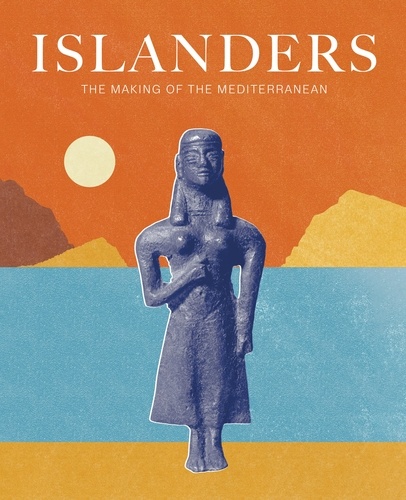
Monographies
Islanders. The Making of the Mediterranean
04/2023
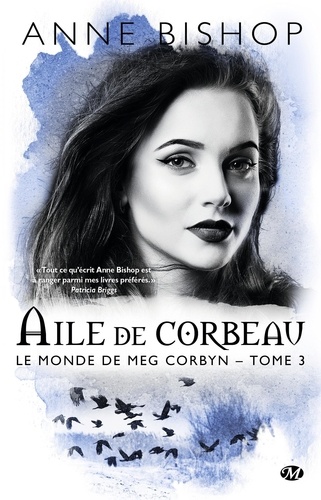
Paranormal, Bit-lit, Science-f
Le monde de Meg Corbyn, T3 : Aile de Corbeau
10/2022
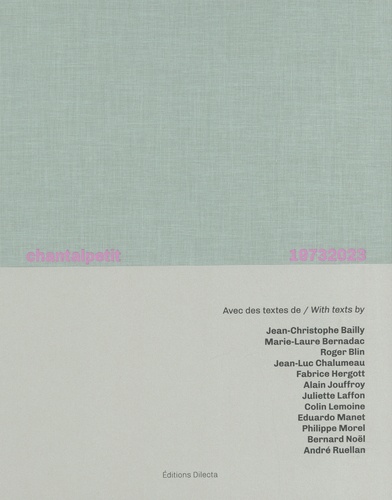
Monographies
Chantal Petit. 1973-2023
09/2023
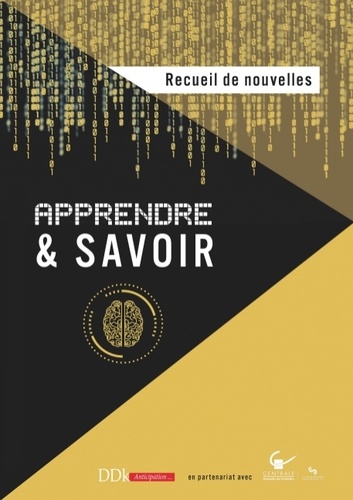
Science-fiction
Apprendre et savoir
06/2019
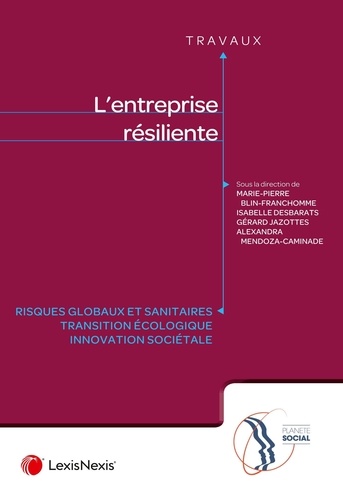
Innovation
L'entreprise résiliente
07/2023

Littérature française
XUEXI PU SONGLING (en Chinois)
11/2012
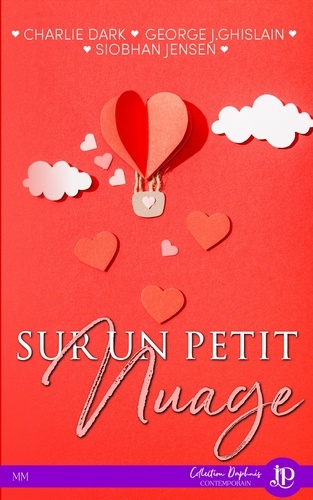
Romance et érotique LGBT
Sur un petit nuage
02/2022
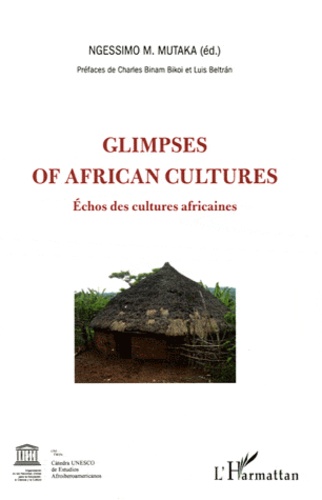
Ethnologie
Glimpses of african cultures. Echos des cultures africaines, Edition bilingue français-anglais
04/2011

Histoire et Philosophiesophie
SCIENCE, TECHNOLOGY AND SOCIETY IN CONTEMPORARY JAPAN
01/1999
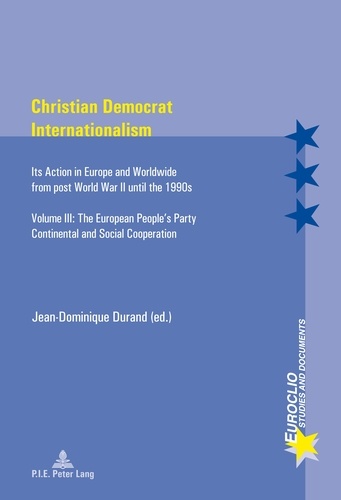
Histoire de France
Christian Democrat Internationalism. Its Action in Europe and Worldwide from post World War II until the 1990s- Volume III: The European People’s Party- Continental and Social Cooperation
12/1986
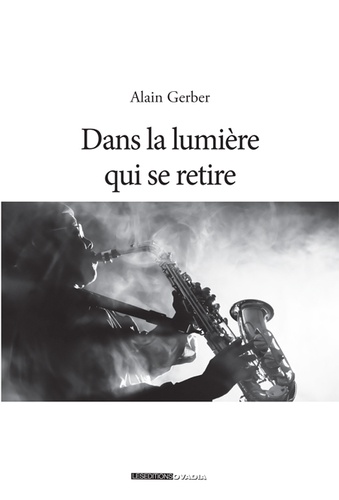
Musique, danse
Dans la lumière qui se retire
07/2017
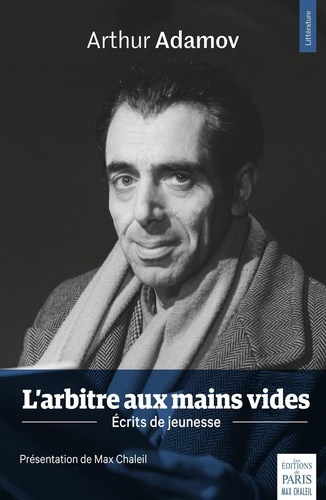
Critique littéraire
L'arbitre aux mains vides. Ecrits de jeunesse
11/2019
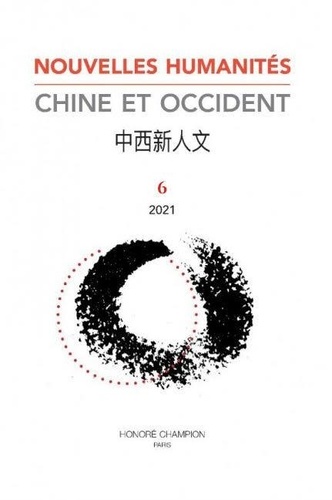
Revues
Nouvelles humanités - Chine et Occident N° 6/2021
11/2021

Linguistique
Une histoire du point de vue : de la narratologie à la linguistique. Tome 1
01/2023
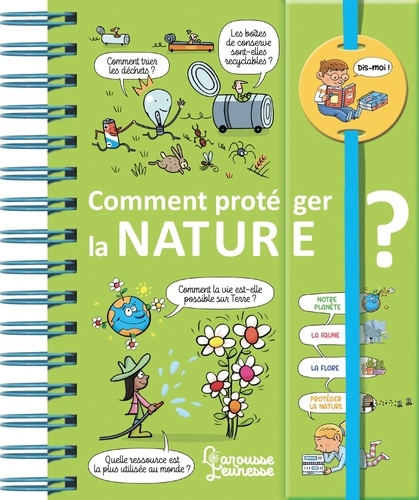
Documentaires jeunesse
Comment protéger la nature ?
05/2019

Ecologie
La nature
03/2022
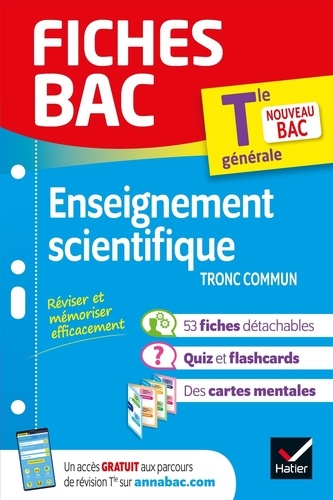
Lycée parascolaire
Enseignement scientifique Tle tronc commun. Edition 2021
11/2020
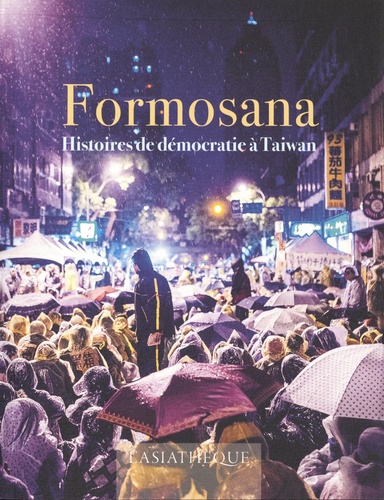
Littérature asiatique
Formosana. Histoires de démocratie à Taiwan
02/2021
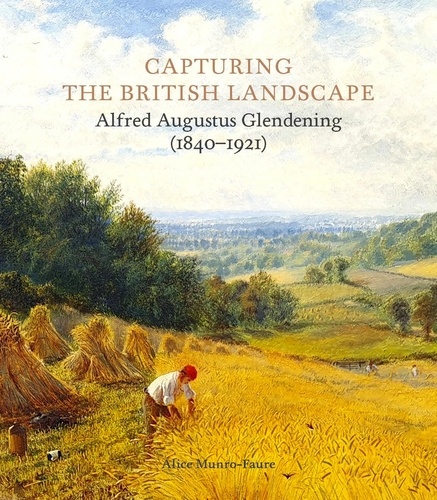
Beaux arts
Capturing the British Landscape. Alfred Augustus Glendening (1840–1921)
10/2022
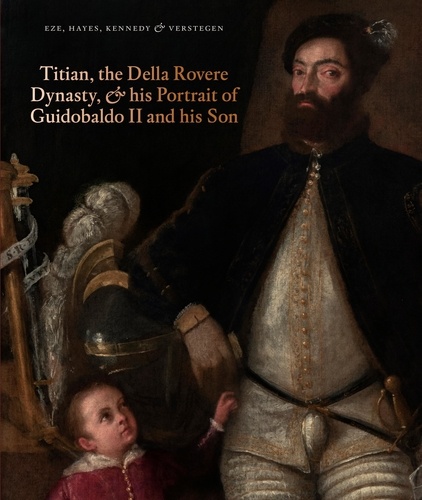
Histoire de l'art
Titian, the Della Rovere Dynasty, and His Portrait of Guidobaldo II and his Son. Edition
11/2021

Non classé
Proserpina</I>"
12/2008

Beaux arts
Tiepolo in Milan. The Lost Frescoes of Palazzo Archinto
04/2019
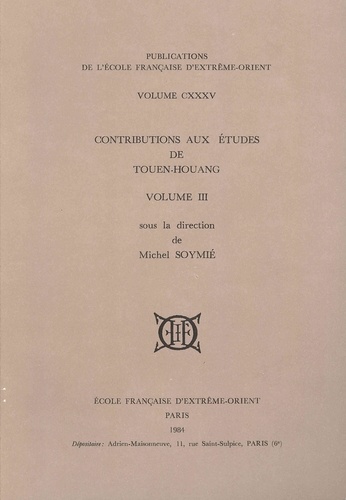
Beaux arts
Contributions aux Etudes de Touen-Houang. Tome 3
01/1984
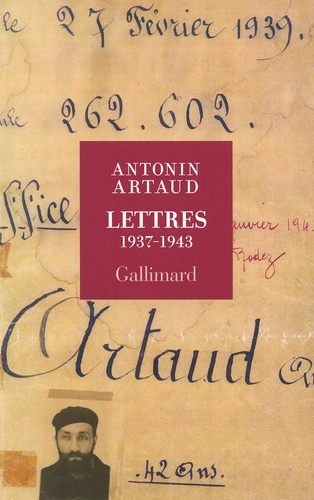
Critique littéraire
Lettres 1937-1943
11/2015
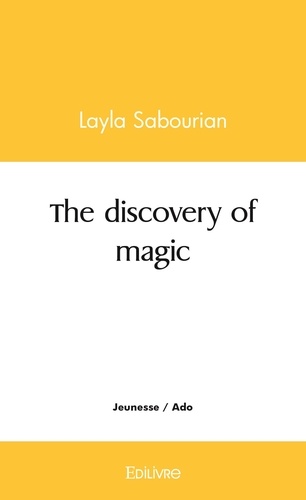
Livres 0-3 ans
The discovery of magic
09/2021

USA - Californie
Californie. Les meilleures expériences
04/2023

Musique, danse
André Claveau. Ne m'oubliez pas (1911-2003), avec 1 CD audio
04/2014
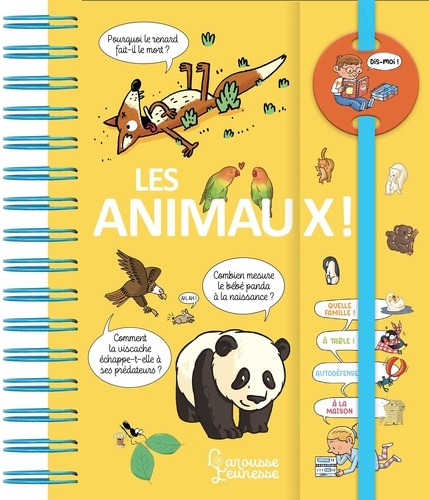
Autres encyclopédies (6 à 10 a
Les animaux !
05/2021

Monographies
Peter Doig
06/2023

